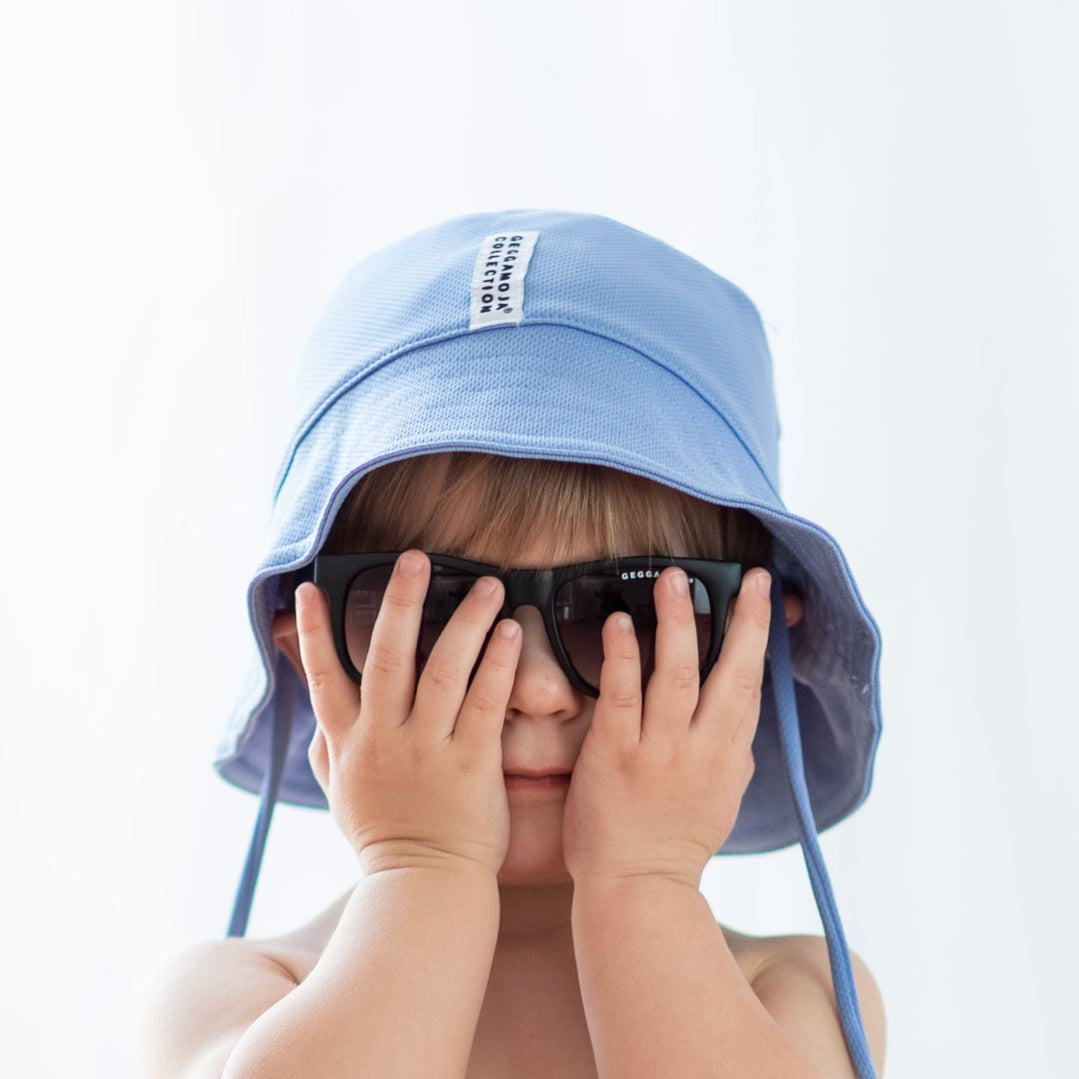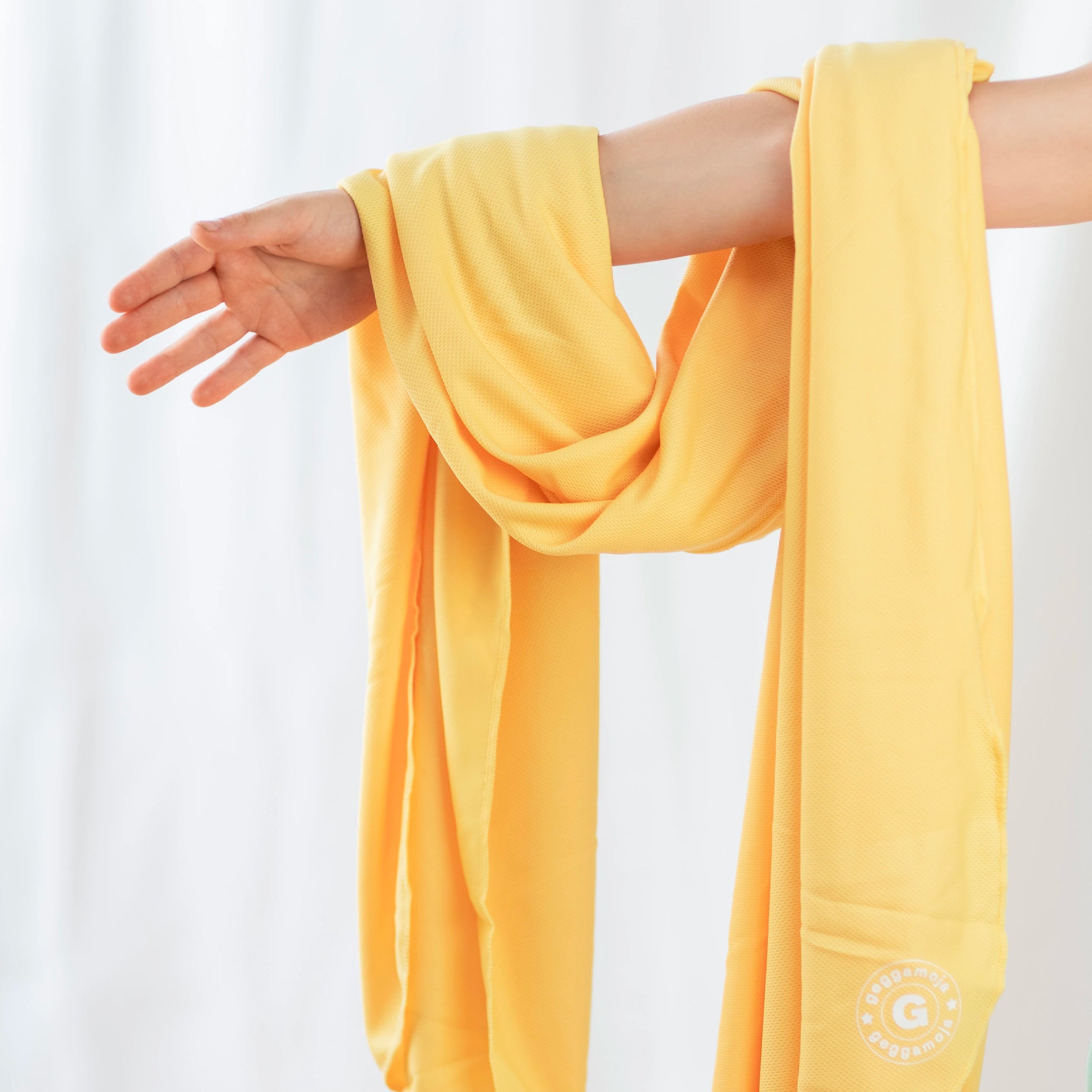Bath sets, short-sleeved trousers and shirts, shorts, blankets, and curtains have the EN 13758-1 standard.
It is a European standard that specifies requirements and test methods for sun protective clothing and accessories. When it is stated that a product complies with the EN 13758-1 standard, it means that it has been tested and assessed according to the requirements and methods established in this standard.
To be more specific, EN 13758-1 focuses on assessing the effectiveness of sun protection by measuring its UV protection factor (UPF). UPF is a measure of how effectively a garment or material blocks ultraviolet (UV) radiation from the sun. The higher the UPF value, the better protection the garment offers against UV radiation.
When a product complies with the EN 13758-1 standard, it means that it has passed the necessary tests to prove its effectiveness in protecting against harmful UV radiation according to the criteria established by the standard.
Caps and hats. When it is stated that a product complies with the PPE Regulation (EU) 2016/425, category I, it means that the product is intended to provide basic protection for the user and that it complies with the requirements set out in the regulation for the specific category.
PPE stands for Personal Protective Equipment and is regulated by EU Regulation 2016/425 to ensure that products sold within the EU meet the necessary safety and quality standards to protect the user's health and safety. Category I refers to products that offer the lowest level of protection and includes products considered to have minimal risk.
When it is stated that the hat's compliance with BS 8466 means that the hat meets the requirements according to the British standard BS 8466. This standard may be specific to hats or hat-like products and contains requirements and test methods for safety, performance, or quality relevant to the product.
One-piece suits, long shirts, and trousers. When it is stated that a product complies with the PPE Regulation (EU) 2016/425, category I in accordance with EN 13758-2, it means that the product has undergone assessment and meets the requirements according to the EU regulation applicable to personal protective equipment (PPE) intended to provide a basic level of protection.
Specifically in this case, it refers to the product being intended to protect the user from the sun's UV radiation. EN 13758-2 is part of the European standard for sun protective clothing and accessories and specifies requirements and test methods for sun protection focusing on the UV protection factor (UPF).
By stating that the product complies with the PPE Regulation, category I in accordance with EN 13758-2, it means that the product has been tested and assessed to ensure that it provides adequate protection against the sun's harmful UV radiation according to the standards and criteria specified in EN 13758-2. This gives consumers assurance that the product meets the safety and quality requirements for sun protection under European legislation.









